How to Tell if a Potato Is Bad? [3 Signs of Spoilage]
Here’s all you need to know about the spoilage of potatoes. Learn how to check their quality and what might be concerning but is actually okay.
So you’ve got a few potatoes that are a bit soft and wrinkly. That makes you wonder: how to tell if a potato is bad?
Let’s talk about the potato spoilage signs, then.
How to Tell if a Potato Is Bad?
Your potato is bad if it’s moldy or rotten, heavily bruised, soft, or slimy. It’s also no good if it’s covered with wrinkles and noticeably shriveled or gives off a musty aroma. If only a small area is affected and most of the spud is nice and firm, cut off the spoiled part and cook the rest.
That’s the short version.
Next, let’s get into the details.
Wrinkling, Softening, and Sliminess
Water loss is the most common reason you’ll ever have to throw out potatoes. And it takes different forms.
If you store the potato way too long (here’s how long potatoes last), it will be covered with wrinkles and noticeably shriveled. And if things get this far, the spud is done for.
The same is true if the potato is super soft, squishy, or even seeping water.
But if it’s not that old, the tuber might only have a few small wrinkles or be a bit softer than usual. Should you toss it, then?
You can eat soft potatoes, as long as they’re not soft to the point they’re mushy or shriveled. Slightly soft potatoes are more difficult to peel but taste okay, and you can definitely use them.
Grating soft potatoes is way more difficult than grating fresh, firm ones. If you need them grated, stick to firm potatoes, and use soft ones in cooking.
Mold, Bruises, and Dark Spots
Bruises, dark spots, and mold, are often caused by mechanical damage in transport or storage, but sometimes they’re there from the get-go.
Now, no matter how the potatoes got where they are, the general approach is quite simple: if you feel like most of the potato flesh is bad, you toss it. Otherwise, you cut off the spoiled area and use the rest (the same applies to celery root with dark patches).
Of course, you can adjust the approach to what you’re comfortable with. For example, it might mean tossing potatoes with larger than “small” dark spots or using the quarter of the tuber that’s still left intact.
In other words, you do you.
When cutting off the spoiled area, leave some margin, and make sure your knife doesn’t touch the affected part, especially if it’s moldy.
If your cooked or baked potatoes go moldy, toss the contents of the whole container or pot, no matter how much of it is covered with mold. Scooping and removing the moldy area and using the rest is a bad idea.
Mold can easily permeate cooked veggies, so it’s best to toss your cooked potatoes the moment you notice mold.
Sharp Smell
Potatoes usually have a mild, earthy, and perhaps starchy smell. So if your potato smells sharp, musty, or moldy, it’s definitely a sign that it has gone bad.
That said, that off odor is typically accompanied by visual changes, like mold or darkened flesh, that precede it. It’s rarely the smell alone.
Similarly, if your potato has turned mostly green (I cover green skin below), it might give off a sour smell. And if things get this far, it’s best to toss that potato, too.
There’s no gray area here – if the potato smells off, it’s gone.
Now that we’ve covered the typical signs of spoilage, let’s talk about things that might raise a red flag but are not a huge issue.
What’s Concerning but Actually Okay
Sprouting potatoes, ones with green skin or a hollow heart, always make people concerned and question whether they should toss these right away.
The answer is not necessarily. You can often use these just fine after removing the affected area.
Let’s dig in.
Sprouting
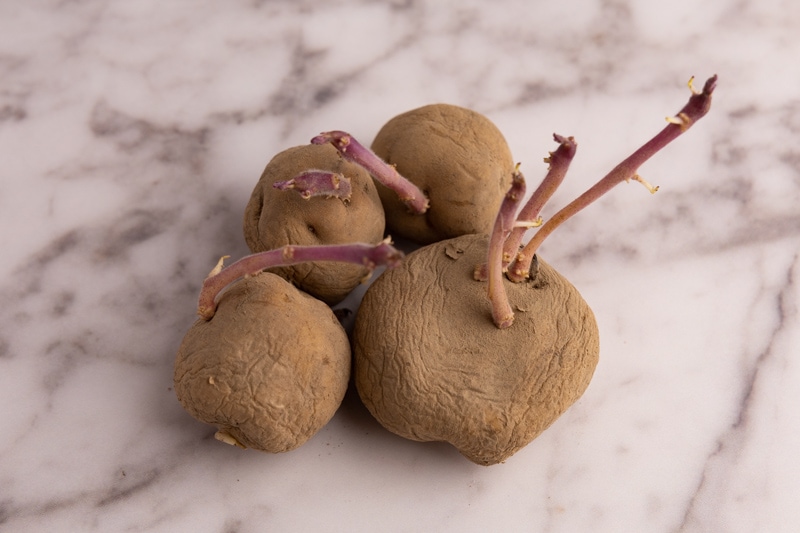
Potatoes don’t go bad when they sprout – they stay okay to eat. All you need to do is to remove the sprouts and cut off the “eyes” (the area on the potato’s surface where the shoot came from), and you can cook and eat the tubers.
Of course, that works only for potatoes with a few small, like an inch to two inches long, sprouts.
Sprouts take water and nutrients from the bulb, so the longer they are, the worse the overall quality of the potato. So while your potato with a bunch of long sprouts is still likely safe to eat, it will be all wrinkly and soft due to water loss. And that moisture loss makes it spoiled.
(Unlike regular potatoes, you can eat young sprouts from sweet potatoes.)
If your potatoes sprout way too often than you’d like, consider changing your storage spot to one that’s cold, dry, away from light, and with sufficient airflow. That should reduce sprouting.
Green Skin
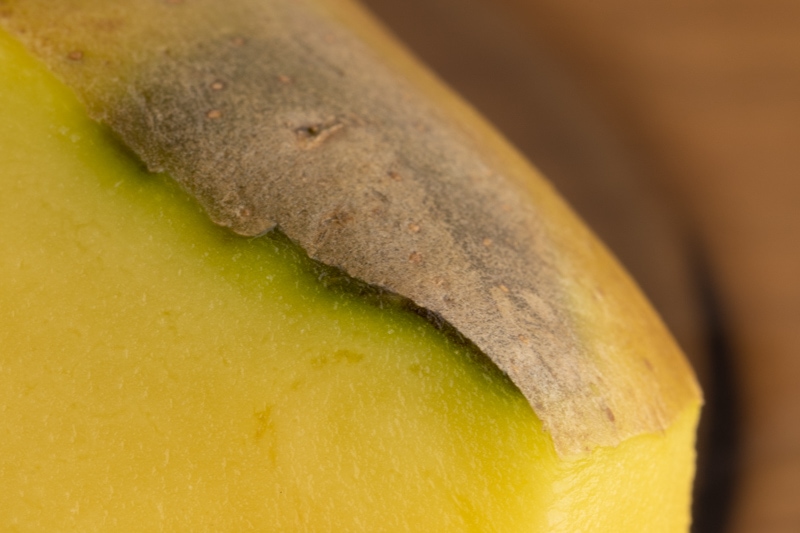
Potatoes turn green due to light exposure.
The color is caused by chlorophyll, which is harmless in and of itself, but it’s often accompanied by a toxic alkaloid called solanine. And while eating a small amount is harmless, ingesting a large portion of green potatoes or doing so regularly can lead to illness.
Fortunately, there’s an easy solution to the problem: cutting away the green surface the same way you remove spoiled areas. Once the discolored part is dealt with, the potato is ready for cooking.
Of course, peeling the greenish surface only works if the affected area is small and doesn’t go deep.
(Which is the typical scenario, at least in my experience.)
But if your whole potato is green or the color goes deeper than the surface, assume it is spoiled and toss it.
Hollow Heart
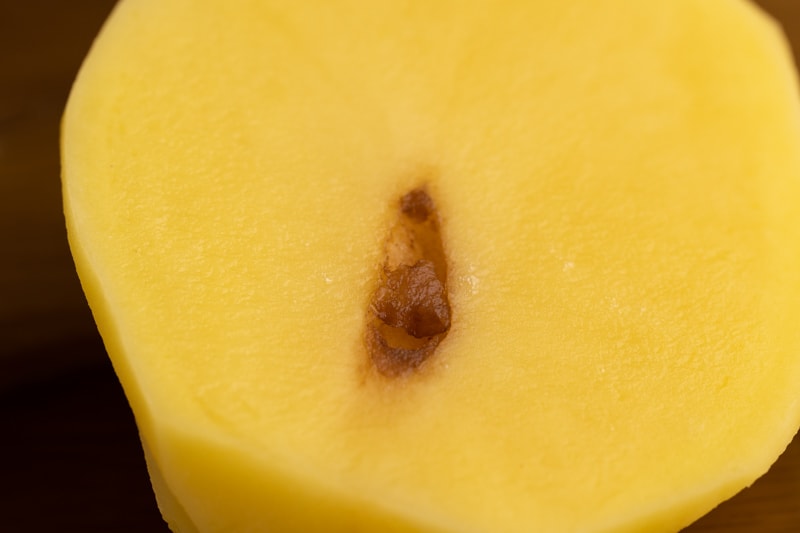
A “hollow heart” potato is an otherwise healthy potato with a hole inside. The hole might be caused by several reasons, including rapid growth, too much watering, or drought.
But no matter the reason, a hollow heart potato is okay to eat. Just remove the hole itself and enjoy the rest of the potato.
The same applies if you boil or bake the potatoes whole and spot the hollow heart only after cooking. You cut it out and continue as per usual.
Potato Spoilage Summary
Thank you for reading this article. Let’s recap what we’ve covered above:
- You can eat slightly soft potatoes, but if they get to the point they’re all wrinkly and mushy, you should discard them.
- Moldy, bruised, and discolored potatoes are bad, but if the affected area is fairly small, you can cut it out and use the rest.
- If your potatoes smell off, as in musty, moldy, or bitter, discard them.
- Sprouting potatoes are okay to eat as long as the sprouts are small and the whole spud isn’t overly soft because of the sprouting.
- Light exposure makes the potato skin turn green, and you should peel the green area before using the rest.
- Hollow heart potatoes, meaning healthy potatoes with a hole inside, are okay to eat.
Rotten Records: Share Your Snap!
Caught some food past its prime? Upload your photo to “Rotten Records” and help others spot the signs of spoilage. Every image makes our food community safer and more informed!
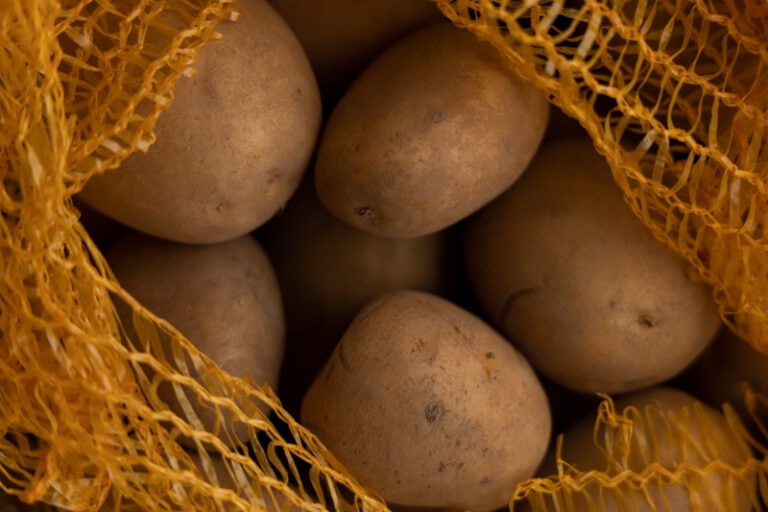
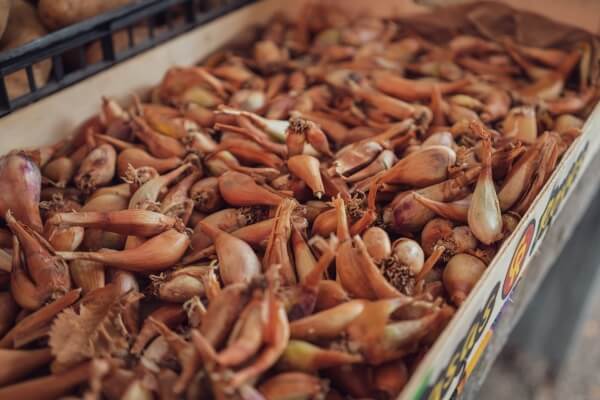
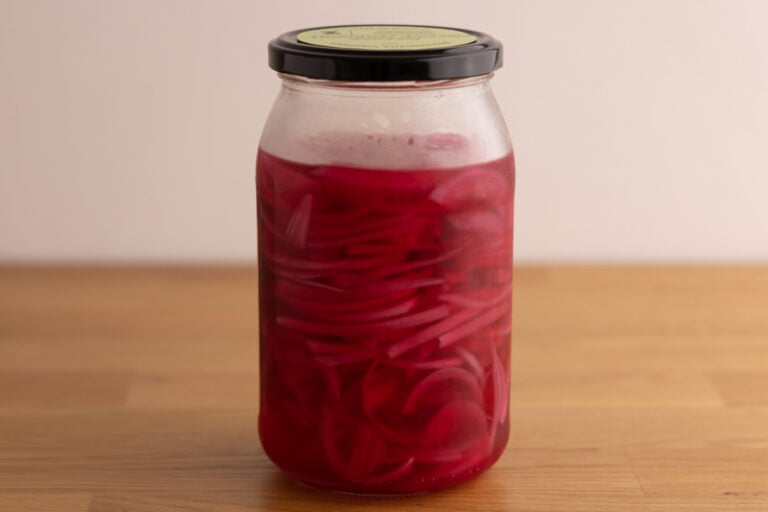
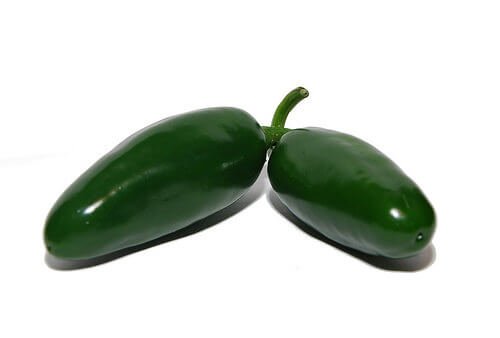
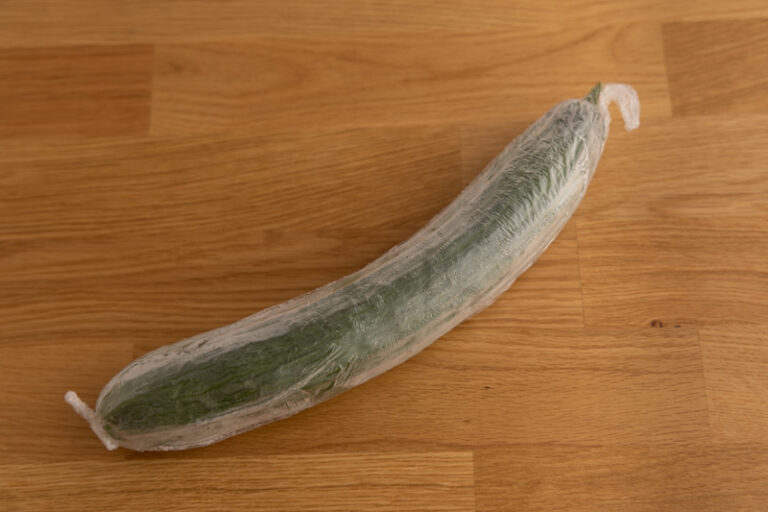
![How Long Does Kale Last? [+ Tips to Make It Last Longer]](https://www.doesitgobad.com/wp-content/uploads/how-long-does-kale-last-infographic-1-1-768x512.jpg)